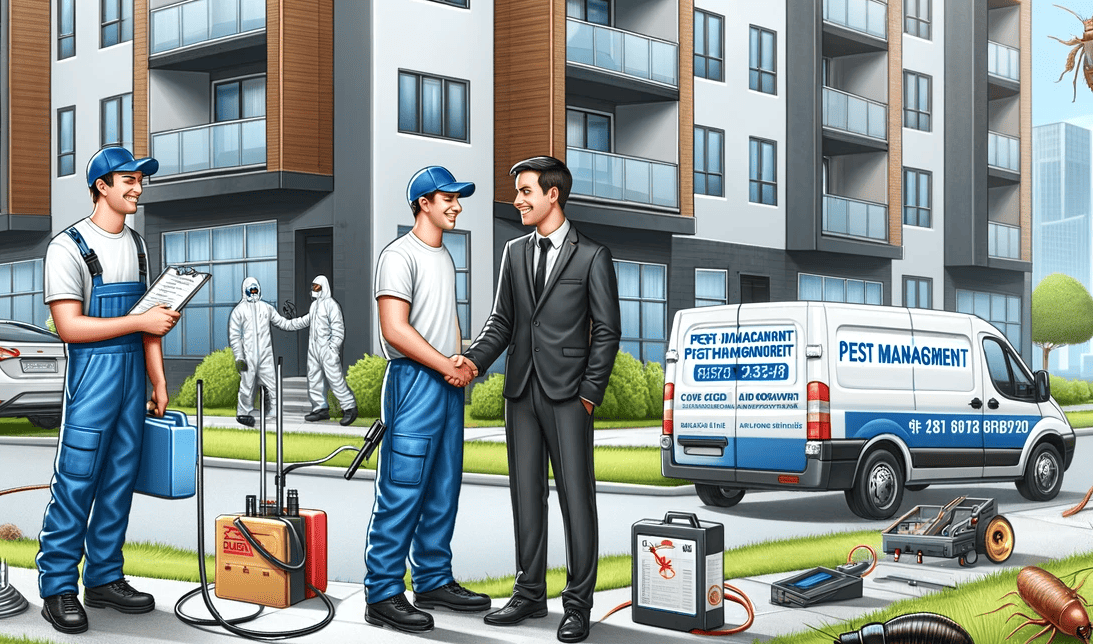In the intricate landscape of rental real estate, the challenge of pest control emerges as a multifaceted issue requiring a sophisticated approach that transcends conventional wisdom. This in-depth analysis endeavors to unpack the complexities of pest management in rental properties, harnessing a rich tapestry of unique co-occurrences, varied perspectives, and empirical research to establish a framework of relevance and authority on the subject.
Pests in rental property
Pest problems in rental properties can range from minor annoyances to major infestations, and the type of pests can vary significantly. Common pests include insects like cockroaches and bedbugs, rodents like rats and mice, and even larger wildlife in some cases. The severity and type of pest problem can depend on several factors, including the location of the property, the age and condition of the building, and the habits of the occupants.
property management pest control
The intricate web of responsibility in managing pests in rental properties requires a symbiotic approach, balancing the expectations and obligations of both landlords and tenants. This dynamic is further nuanced by legal frameworks that vary not only by region but also by the specific circumstances of infestation. Advanced legal research into tenancy laws reveals a spectrum of scenarios where responsibility shifts from landlord to tenant and vice versa, based on the genesis and evolution of the pest problem.
Innovative Pest Control Methodologies
Addressing pest issues extends beyond traditional extermination techniques, integrating advanced and humane pest control methodologies. These include:
- Biological Control: Leveraging natural predators or biological agents to manage pest populations, reducing reliance on chemical treatments.
- Integrated Pest Management (IPM): A holistic approach that combines biological, cultural, physical, and chemical tools in a way that minimizes economic, health, and environmental risks.
- Technological Innovations: The use of cutting-edge technologies, such as ultrasonic devices and IoT-based monitoring systems, provides novel solutions to pest management.
who is responsible for pests in a rented property
One of the most common questions in rental situations is, “Who is responsible for dealing with pests?” The answer can vary depending on local laws, lease agreements, and the source of the infestation. In general, landlords are responsible for ensuring that their property is habitable and free from infestations when a tenant moves in. However, if a pest problem arises due to the tenant’s living habits or actions, the responsibility may shift.
For example, if pests are attracted to the property due to poor cleanliness or the presence of open food containers, the tenant might need to address these issues. It’s important for both parties to review their rental agreement and local regulations to understand their responsibilities fully.
Ethical Considerations and Sustainability
Ethical considerations in pest control underscore the importance of humane treatment of wildlife and the minimization of ecological impact. Sustainability in pest management is not merely a trend but a necessary paradigm shift, advocating for methods that ensure long-term ecological balance.
The Economic Implications of Pest Control
An often-overlooked aspect of pest management in rental properties is its economic impact. Comprehensive studies indicate that proactive pest control measures can significantly reduce long-term maintenance costs and enhance property value, thus benefiting both landlords and tenants.
Cultivating a Dialogue of Understanding
Fostering a dialogue that encompasses the diverse perspectives of property managers, tenants, legal experts, and environmentalists is paramount. This inclusive conversation not only enriches the understanding of pest management challenges but also paves the way for collaborative and innovative solutions.

